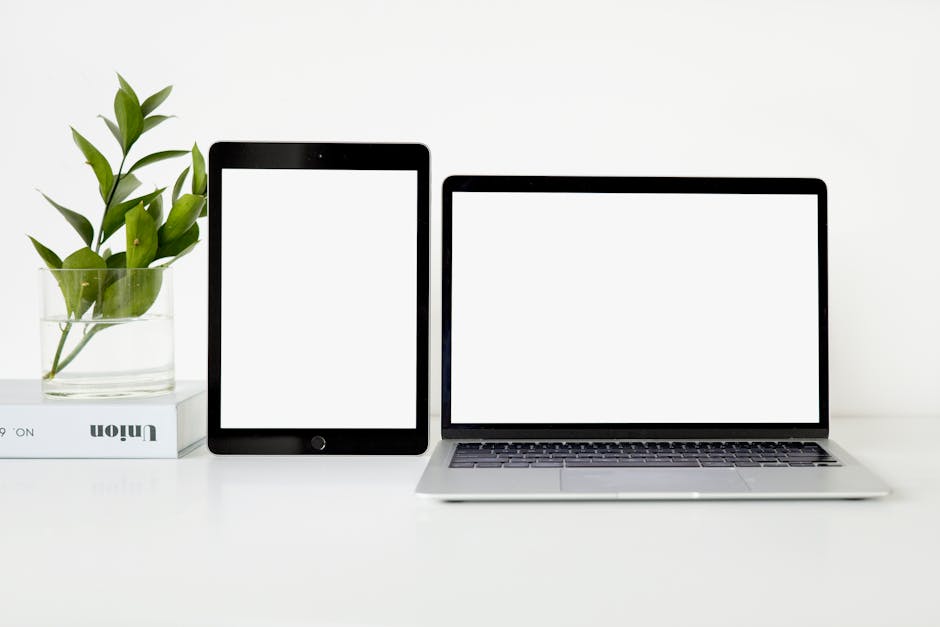M Moser Associates: Pioneering the Future of Workplace Design
“M Moser Associates, led by thought leaders like Chris Swartout, is revolutionizing workplace design by integrating cutting-edge technology, prioritizing customization, and focusing on employee well-being. This article delves into their innovative approaches and vision for the future of work environments. ”

M Moser Associates: Pioneering the Future of Workplace Design
In the ever-evolving landscape of workplace design, M Moser Associates stands out as a beacon of innovation and forward-thinking. With a global presence and a reputation for creating cutting-edge work environments, M Moser is at the forefront of shaping the future of how we work. Let's dive into the insights shared by Chris Swartout, a key thought leader at M Moser, to understand their vision for the workplace of tomorrow.

The Technological Revolution in Workplace Design
According to Chris Swartout, who co-leads M Moser's New York City practice, the most significant impact on workplace design has been the rapid advancement of technology coupled with decreasing costs. This phenomenon, often referred to as Moore's Law, has enabled the implementation of high-bandwidth Wi-Fi, mobile power solutions, cloud computing, and biometric security at a fraction of the cost compared to just a year ago.
Key Technological Advancements:
- 2GB high-bandwidth Wi-Fi
- Mobile power solutions
- Cloud computing for model sharing
- Touch-sensitive monitors
- USB-C power charging and data transfer
- Biometric security systems
These advancements have not only improved connectivity and efficiency but have also opened up new possibilities for workplace design and functionality.
Customization: The Future of Workplace Design
When asked about the workplace of the future, Swartout emphasizes that there's no one-size-fits-all solution. Instead, the future of workplace design is "highly customizable." Each organization requires a tailored solution that aligns with its unique culture, employee demographics, and workflow patterns.

This approach to space optimization maximizing efficiency is crucial in creating environments that truly support the needs of diverse workforces. M Moser's philosophy revolves around understanding the specific requirements of each client and crafting spaces that enhance productivity, collaboration, and employee satisfaction.
Embracing Virtual and Augmented Reality
M Moser is a strong proponent of Virtual Reality (VR) and Augmented Reality (AR) technologies in their design process. By combining these immersive technologies with traditional analog model-building, they provide clients with a comprehensive and realistic representation of proposed designs.
This innovative approach allows clients to:
- Visualize spaces before construction
- Make informed decisions about layout and design
- Collaborate more effectively with the design team
The Rise of Community Choice
Rather than adhering strictly to the concept of activity-based work, M Moser promotes what they call "community choice." This philosophy empowers individuals and teams to select work settings that best support their productivity and workflow.
Swartout explains, "It's rare that any type of work now is siloed, or isn't integrated work between teams. A wide variety of work settings leads to more efficient workflow and freedom."

This approach aligns with the growing trend of revolutionizing employee space with convertible offices, providing flexibility and choice to meet diverse work styles and needs.
The Future of Workplace Technology
Looking ahead, Swartout identifies two key technological trends that will shape the workplace:
-
Machine Learning and AI: These technologies are set to revolutionize how work is done, potentially automating routine tasks and enhancing decision-making processes.
-
Wireless Power Transfer: M Moser's new New York City office showcases the potential of wireless power, resulting in significant cost savings and dramatically increased mobility for employees.
Prioritizing Health and Sustainability
M Moser is also focused on creating healthier work environments. Swartout predicts that poor indoor air quality and the use of VOC paints will become obsolete in the near future. This aligns with the growing trend of green office buildings embracing net-zero for a sustainable future.
Staying Ahead in Workplace Design
For companies looking to stay current with workplace trends and technology, Swartout recommends a polymathic approach. He advises looking beyond the immediate field of workplace design to draw inspiration from diverse areas of research and innovation.
Most importantly, he emphasizes the need to prioritize people in design decisions: "Make sure that when you design, you have people in mind—not just aesthetics."
Conclusion
M Moser Associates, under the guidance of visionaries like Chris Swartout, is redefining the future of workplace design. By integrating cutting-edge technology, embracing customization, and focusing on employee well-being, they are creating work environments that are not just functional, but truly transformative.
As we move forward, the principles championed by M Moser—flexibility, technology integration, and human-centric design—will undoubtedly play a crucial role in shaping the workplaces of tomorrow.